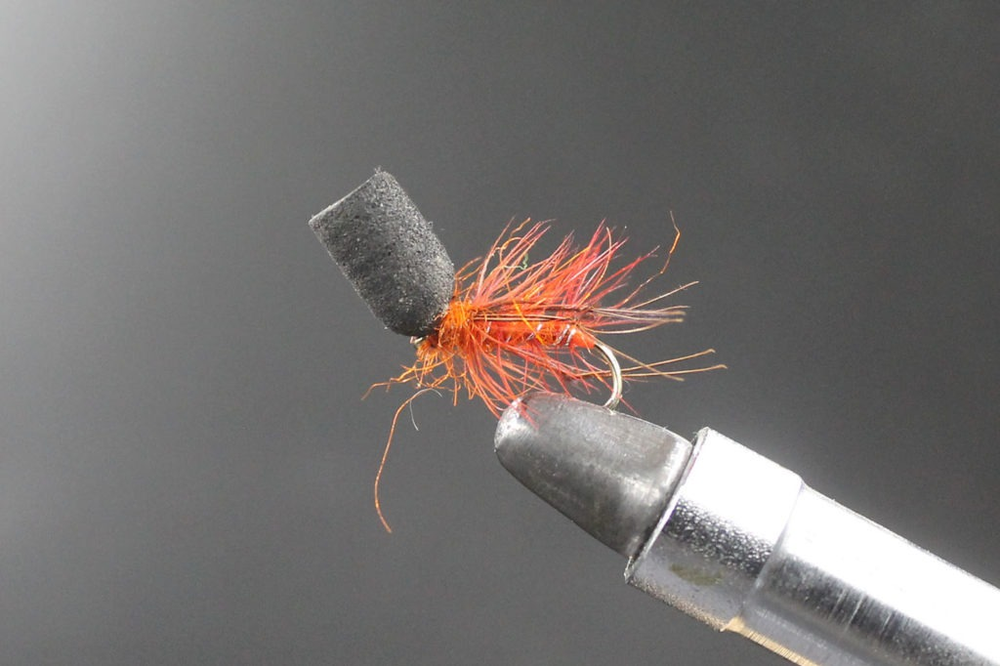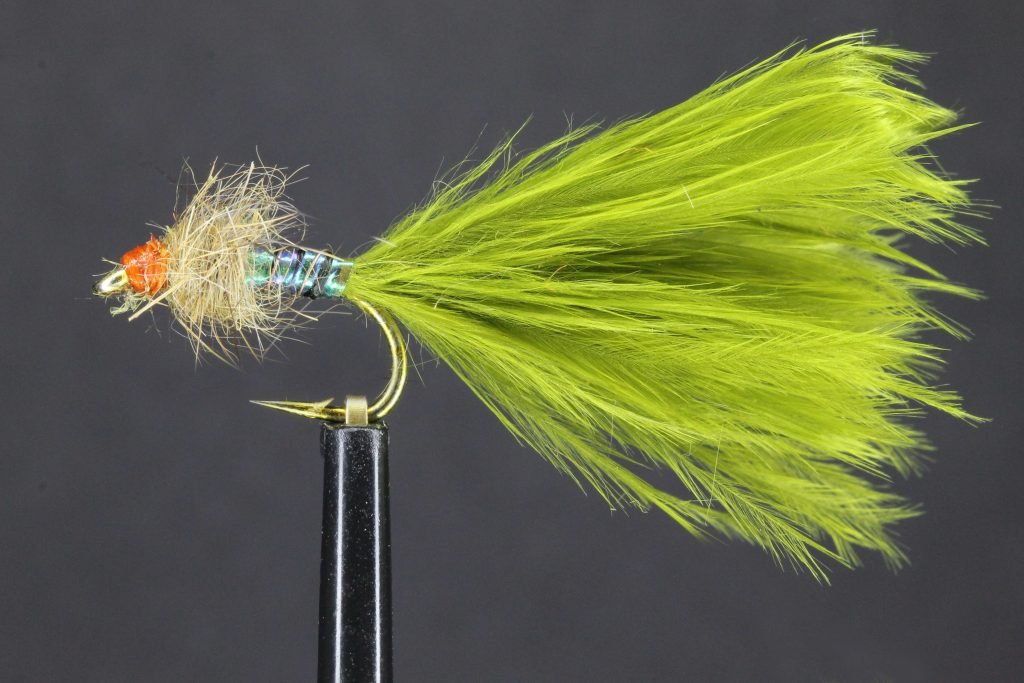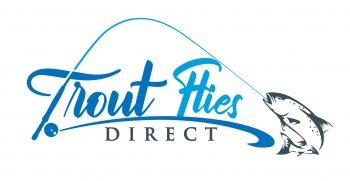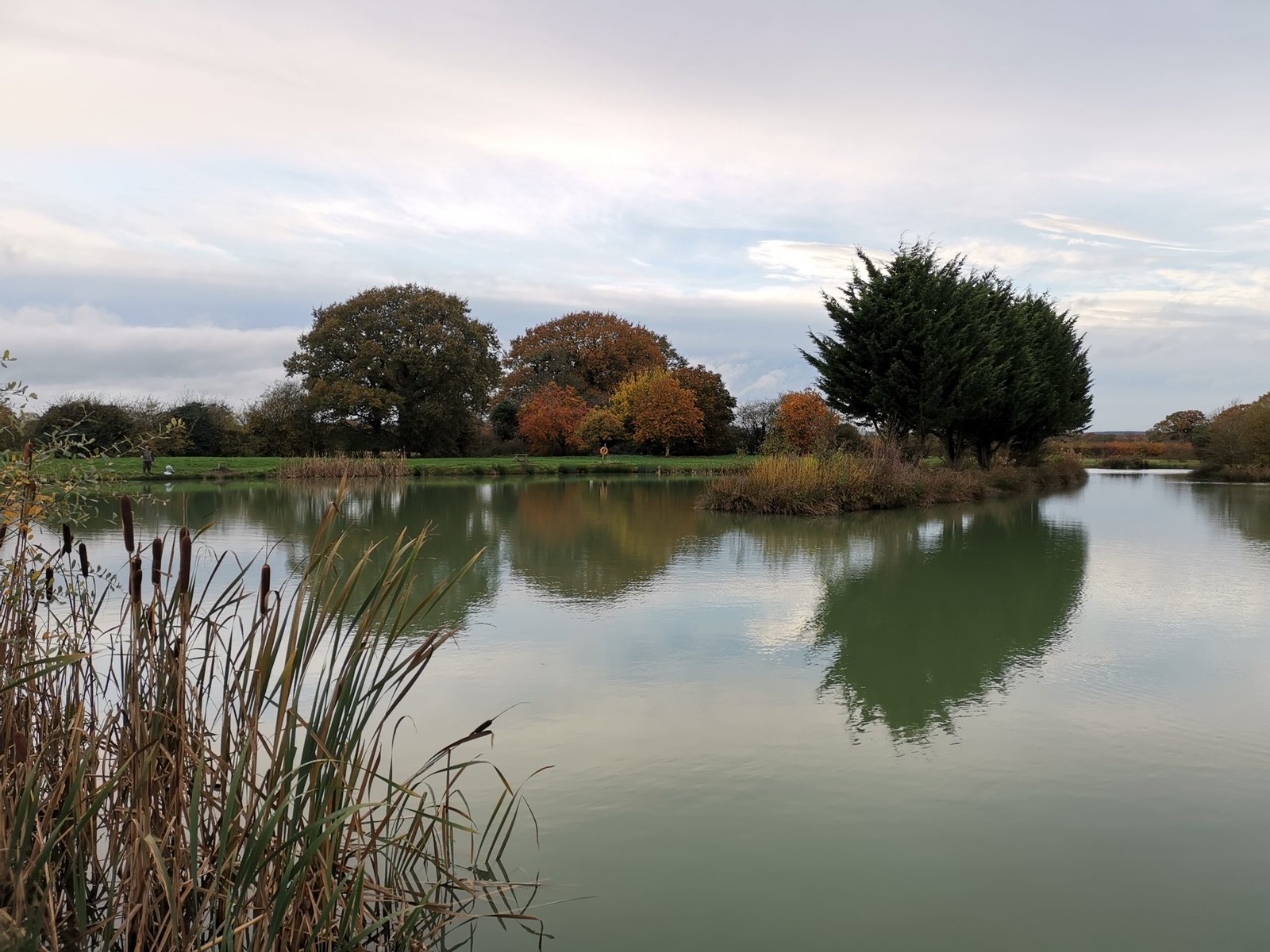I was reading an article on fly fishing the other day and someone had written that they were looking forward to the spring months when they could, once again, fish with dries. This struck me as odd as we should never limit ourselves to particular methods, depending solely on the time of year.
This has been particularly important in the past year where the season’s weather seems to have been at least a month behind where it normally is and this has hugely impacted the feeding patterns of trout and hence the methods used to catch them.
During January this year, I have caught several trout using dry flies, as they’ve been clearly feeding on the top and this method seemed to be the order of the day.
The most important thing to bear in mind when choosing a method/fly is to consider the conditions on the venue on the day, ignoring most, if not all perceived wisdom.
In this blog post, we will discuss why you should always consider your location, the time of day, the weather and what the fish are doing on the day.
Stop, Look and Listen
When arriving at a venue, the first thing I do is stop and watch the water for a while. Not long, maybe 10 minutes or so. This gives me time to observe what’s going on in the water. Are the fish topping or lying deep down and not showing at all?
If they’re topping, how far out of the water are they rising? If their entire head is visible above the water, then the trout are taking insect life off the surface of the water, so maybe a dry like a Walker’s Sedge or an Adam’s Dry Fly might be a good choice, as they sit right on top of the water.
If the trout are topping, but only their mouths are visible, it’s likely that they’re taking sub-surface insects. In this case, something like a Booby Hopper might be a good choice or even a CDC Shuttlecock. These are going to tempt the surface film feeders as they sit just below the surface.

Of course, if the trout are crashing across the surface in huge lunges, they’re almost certainly chasing fry, so early season, I’d recommend a Pearl Hotspot Cormorant or a March Brown (for the traditionalist), as these will nicely emulate pin fry. Later in the year, around Autumn, bigger fry lures should be used as the trout will have moved on to them, particularly in the larger reservoirs, like Rutland and Pitsford. Something like an Olive Barred Mini Snake or a Weed Fly could be used.

Location
When it comes to choosing the right fly, your location is one of the most important factors to consider. Different areas will have different types of aquatic life, and as a result, you’ll need to use different flies depending on where you are fishing.
For example, if you’re fishing in a stream that has lots of small trout, you’ll want to use a fly that is small and resembles a natural insect, like a klinkhammer. On the other hand, if you’re fishing in a river or still water that has large trout, you’ll want to use a fly that is big and flashy, like a dog nobbler or a Blue Flash Damsel.

Of course, this isn’t a hard and fast rule and you should certainly try smaller lures on bigger waters, as the fish may be feeding on them and not interested in big lumps of fur and feather. It’s a case of trying everything but trying them in an order that suits your location.
Time of Day
Another important factor to consider when choosing a fly is the time of day. In general, flies that are used during the daytime should be bright and colourful, while flies that are used at night should be darker in colour. This is because fish can see colours better during the day, and they rely more on their senses of smell and touch at night.
Using darker flies also applies when fishing deep waters on or near the bottom. At those depths, the light available is going to be very low and the trout can really only see darker colours, so a black or dark olive lure should be used.
Weather
Weather plays a huge part in the selection of method and fly. Generally, overcast days are better than sunny days and a ripple on the water is better than flat calm. This is because the trout will feel more secure in these conditions as they can’t see you and you can’t see them.
In ideal, overcast conditions, the trout will likely be higher up in the water and a floating or midge tip line can be selected with some confidence.
Flat calm or sunny days, can push the fish down in the water, so consider a DI3 or DI5 to get down to them. There is a theory that trout sink down lower in the water when it’s sunny as the daphnia on which they feed will do the same, so the trout are actually just following the food, rather than making a conscious choice. Whatever the reason, the majority of the time sunny and flat calm means you should fish lower down and overcast and with a ripple, means you should fish higher up.
Checking the weather in advance can give you a huge advantage in selecting which tackle to take with you. I heartily recommend the Met Office website and app. The information given there seems to be the most accurate you can get in my experience.
Conclusion
I’ve only touched the surface of this subject, but hopefully, I’ve given you food for thought. Of course, trout being trout, there’s a good chance you can ignore the above information as they often do exactly the opposite of what you’d expect. However, personally, I’d follow the above approach first and experiment if that didn’t work.
Tight Lines !

